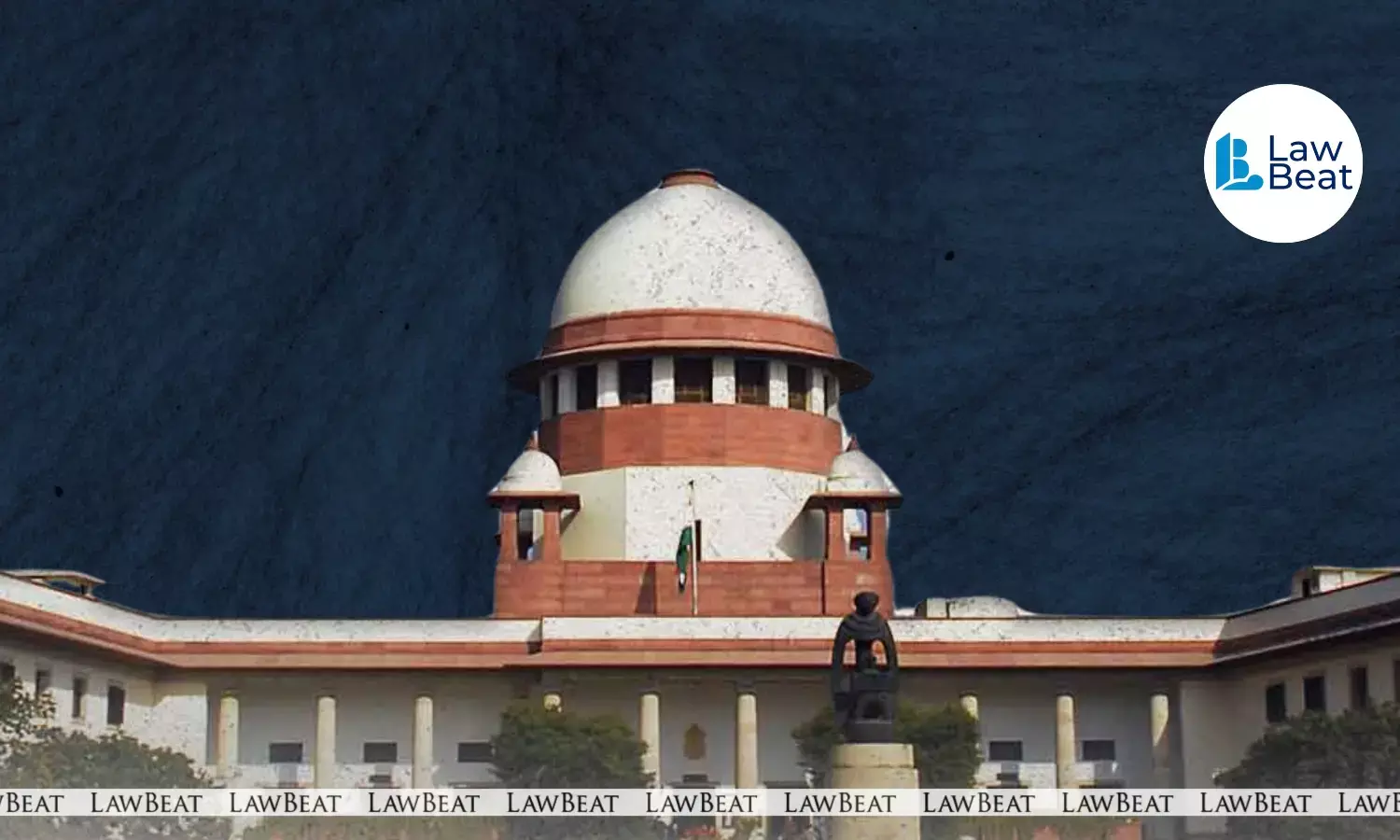Can an FIR Alone Prove Rash Driving in Motor Accident Claims? What the Supreme Court Said

Supreme Court is considering issues of medically discharged cadets from elite academies like the NDA and IMA.
The Supreme Court , in a matter arising out of a motor accidents claim, held that proof of an accident is to be determined on the preponderance of probabilities, and an First Information Report (FIR) registered against the driver of the offending vehicle can be relied upon to find that the accident was caused by the driver’s rash and negligent driving as reported initially.
However, the bench of Justices K Vinod Chandran and N V Anjaria clarified that the preponderance of probabilities arising from such an FIR would not have the same probity if there is a valid suspicion raised regarding its registration and if the falsity of the claim is clearly discernible from the evidence led.
Court upheld the high court's order, which had reversed the Motor Accident Claims Tribunal's decision to award a compensation of Rs 16,02,000 to the claimants.
The case arose from an allegation by the claimants that the sole breadwinner of their family, the husband of the first appellant, died in a hit-and-run road accident on June 18, 2014, at 12 am at Singasandra crossroad. The claimants alleged that the accident was witnessed by a close associate of the family, who was also a neighbour. The dead body of the victim was allegedly abandoned by the driver of the offending vehicle, who, under the pretext of taking the victim to the hospital, left him at a far-off place. The insurance company claimed that a fraud was played by the claimants and that the alleged offending vehicle was not at all involved in the accident.
While the Tribunal had rejected the insurance company's contention and awarded the compensation, the high court, on appeal, reversed the findings, holding that both the accident and the involvement of the vehicle were not proved.
Examining the plea by claimants Rajamma and others, the apex court noted that the time recorded in the initial complaint was 12 am, but the accident actually occurred at 12 pm, as stated by the witnesses; the court considered the recorded time to be a typographical error.
An FIR was stated to have been lodged on June 19, 2014, at the Hebbogodi Police Station. Serious objection was raised regarding the registration of the said FIR at that Police Station, which did not have jurisdiction. The FIR was claimed to have been transferred to the jurisdictional Police Station, i.e., Electronic City Traffic Police Station, only after 117 days.
The bench observed, "If the FIR is registered on the basis of the accident or on the detection of the abandoned body, then it should have been registered in a Police Station having jurisdiction over either of the two locations".
In the present case, the wife of the deceased had categorically stated that she was informed of the accident by the alleged eye witness, PW2, in which event the location was clearly known to PW1, and the FIR ought to have been registered at the Electronic City Traffic Police Station itself in the first instance, the bench said.
"There is no explanation as to why the FIR was registered in the Hebbogodi Police Station nor was any police personnel examined before the Tribunal, to substantiate the case of a proper FIR alleging a motor vehicle accident having been registered within time and with the jurisdictional Police Station,'' the bench said.
Court found that, as rightly found by the high court, the testimony of the eye witness was unbelievable. The alleged eye witness deposed that she was running a wayside fruit shop near the scene of occurrence, which was not established by any document, such as a licence issued from the local authority. In the absence of such evidence, she was deemed to be a chance witness, subject to strict scrutiny.
Furthermore, the court found that her testimony was that, having witnessed the accident, she came running and saw that her neighbour was the victim. She immediately realised that the victim’s daughter was studying in a nearby school, to which school she proceeded to bring the daughter, who was studying in the 7th standard, to the spot. She deposed in her chief examination that by the time she came back with the daughter, the vehicle had disappeared, and so had the victim. However, she also stated in chief examination that the number of the vehicle was noted by herself and the daughter of the victim.
Court noted, "The said statement is quite contrary to the assertion that by the time PW2 came back with the daughter, the offending vehicle and the victim had disappeared. The daughter of the victim was also not examined."
Court found absolutely no reason to interfere in the appeal. It was also informed to the court that the driver of the vehicle stood acquitted in the criminal case.
Case Title: Rajamma & Ors Vs M/s Reliance General Insurance Co Ltd & Anr
Judgment Date: September 26, 2025
Bench: Justices K Vinod Chandran and N V Anjaria
